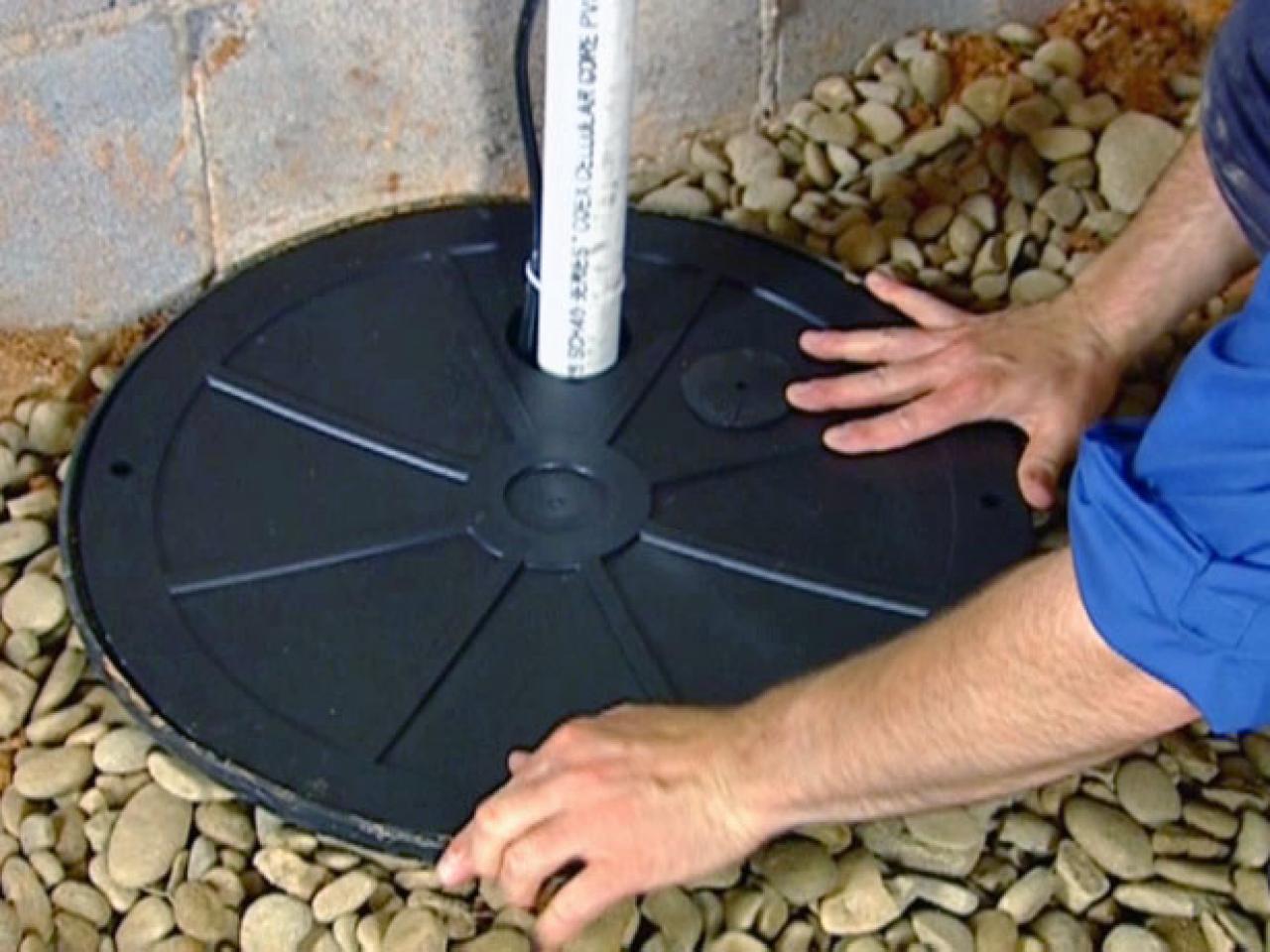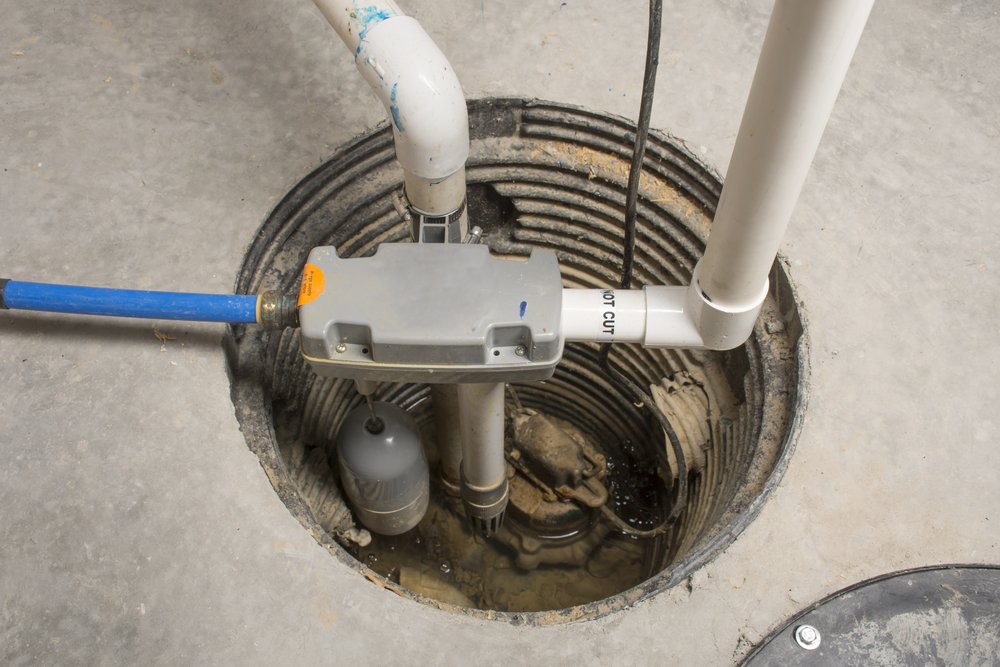A sump pump is a mechanical device that removes water from basements, crawl spaces, and other low-lying areas of your home. If you have ever been in a situation where your house was flooded with water, then you know how important it is to prevent this disaster from happening again.
By installing a sump pump in your basement, crawl space, and yard, you can protect yourself against any flooding disasters that might occur during heavy rains or snowmelt. This guide will help you install a sump pump correctly to avoid future flooding problems at home.
Gather Your Tools and Materials
Get your tools and materials together before you begin. You will need:
SledgehammerSubmersible sump pumpFlexible discharge hoseCementGravelHole saw drill bitFilter fabric
Find the Location for Your Sump Pump
Choose the location you wish to place your sump pump. The pump should be placed in the lowest possible area where water tends to accumulate, for example, an outside yard near the house or inside your basement. The sump is just an inverted bowl that collects rainwater and snowmelt. Finding the location the water collects should be your priority to installing a sump pump.
If you notice water accumulation, dig a hole there. But digging a hole is easier said than done, especially when your basement floor is made of concrete. You can use a sledge or a jackhammer to dig through. Dig until the cavity fits the pump basin.
Set Up Basin Upside Down on Your Basement Floor
Lay down a tarp to protect your floor. Then put the basin on top of it upside-down. When choosing a place to install a sump pump, figure out a proper drainage system. The drainpipe must be large enough to accommodate the flow of water.
Wrap the Exterior Base with Fabric Filter
Place the basin on an upside-down bucket. Wrap the exterior base with a fabric filter, letting it go outside of the bucket. Remember that most effective sump pumps typically have to weep holes. Wrapping the exterior siding will prevent silt and other debris from clogging the holes.

Image caption: https://aquamasterplumbing.com/
After putting the fabric filter in place, attach a sump pump. The next step is cabling a power source to the pump. If you have a backup battery system for your sump pump, be sure that it can work together with your primary sump pump. Then connect the sump pump to the battery. Make sure to deal with power outages by having battery backup standby.
dd More Layers of Gravel & Sand
The layering process of gravel and sand is considered valuable in the filtering process. Continue adding layers of sand or gravel onto your fabric filter until they are at least 6 inches deep. This is the best sump pump setup you can have for draining water.

Image caption: https://diy.sndimg.com/
After that, lay a stone paver on top of the layer of gravel. This will be enough to keep the water flowing through the paver and underneath it by making an efficient channel.
ssemble the PVC Piping from the Sump Pump
PVC piping is the best type of pipe to use while installing a sump pump. Cut a piece of PVC pipe that will be long enough to reach the bottom of your wet well/storage tank. Assemble it on one end by screwing it with its elbow joint.
Even though the arrangement of this pipe will vary from home to home, its main function is to provide a path for the water to drain from the well. When drilling a hole through the rim joist and exterior siding, use a hole saw and then seal the rim joist caulk to prevent water leakage.
You can also opt to invest in regrading your yard to ensure that the water flows away from your home. If your well is near your foundation wall, you may want to consider using a protective shield of PVC on the inside of this wall to protect it from possible seepage. You may also run a drain line from your foundation walls to the yard. It’s important that you don’t run this into a storm drain or other bodies of water.
Install a Check Valve
Use wire ties to attach a screen to the pipe that extends outdoors. A check valve can also be used; attach this with wire ties as well. A check valve allows water to flow in one direction and stops it from flowing back into your home. Place the pump into the sump and prepare it for use. If you attach a battery backup, make sure it’s always charged and ready to go in an emergency. Ensure you use a check valve that is made specifically for this purpose.

Image caption: https://www.snellheatingandair.com/
Attach the discharge pipe and remove the wire mesh cover. A check valve should be installed in line with the discharge pipe so that water can flow in one direction and out of the home but not back into it. The pump should sit below the level of the check valve.
Finish the Installation
Fill in the crevice around the sump basin with a new concrete mixture. It should be about 6 inches high all around the sides of the sump basin. Allow it to dry overnight, then place a layer of sand over the top so that the water will flow through it when it reaches the bottom of the sump. Make sure you learn how to pour concrete in cold weather so don’t have trouble with the curing process.
Check the Floating Position
Place a bucket in the sump basin and fill it with water. Observe which way the floating pole moves, then adjust the float arm so that it turns on when the water level reaches this point. Make sure the float on the pump is not obstructed by any of the piping or drain hoses.
As water flows into the sump, the float should rise and activate the pump. If it does not, check to make sure the pump is plugged in and that there are no obstructions or kinks in any of the hoses.
Install check Valve
A check valve expels water from the sump basin and is usually installed in the drain hose. The check valve should be placed after any backflow preventer you might have but before the discharge pipe. This allows water to leave the basin but not return when your pump shuts off.
It also acts as a pump motor protector as it helps to avoid on and off whenever there’s motor burnout. These valves come with hose clamps and couplings, with directional arrows engraved to avoid errors.
Plug in the Pump and Test Your Project
Before going any further, make sure you plug the pump into a power source and let it run for a minute. This allows your pump motor to properly prime itself with water so that when you hook up your system to water, there won’t be any air bubbles in the line. Ensure the sump by placing it in a corrugated tube and guiding the water overflow tube into it. This prevents excess water from entering your basement.
How to Install a Crawl Space Sump Pump System
Sump pumps are built differently. The simplest ones are plugged into an outlet, while other models come with backup batteries that run the pump during a power outage. Once you have a sump pump, the trick is to get it installed properly.
The first step is to make sure that you tie the float down with a screw through its center hole and attach the plumber’s tape on the threads of galvanized screws for extra water resistance. Double-check that your power source has kicked on as well as the pump itself.
How to Install An Exterior Sump Pump System
Sometimes you can install sump pumps to resolve exterior drainage issues. An exterior sump pump works the same as the interior by sucking water in and moving it. The only difference is that the unit has some additional components, including floats which sense when to turn on or off.
There are two different types of sump pumps. These include pedestal pumps and submersible pumps. Both have the same function, but the submersible pump will sit in a permanent position at the bottom of your sump pit. You may need special equipment to run electricity directly from the home’s circuit panel to this unit, so call a professional for advice.
FAQs on Sump Pump Installation
Where Is the Sump Pump Located?
A submersible pump is always installed into the sump pit, a hole located in either your basement or crawlspace. The pedestal variety is most often placed on the floor of this area.
Can you install a sump pump by yourself?
Yes, as long as you have a basic knowledge of how to work with electricity and the location of your foundation drainpipe. The latter will need to be fitted with a bulkhead fitting for the proper installation of a sump pump.
Final Thought on Sump Pump Installation
As you can see, sump pump installation requires little more than a few basic tools and some knowledge of electrical and plumbing. It is important to ensure that the pump has enough power to lift the water high enough to prevent any backflow, which could cause basement flooding.
The post How to Install Sump Pumps appeared first on Kitchen Infinity.
Did you miss our previous article…
https://chefbuano.com/?p=163